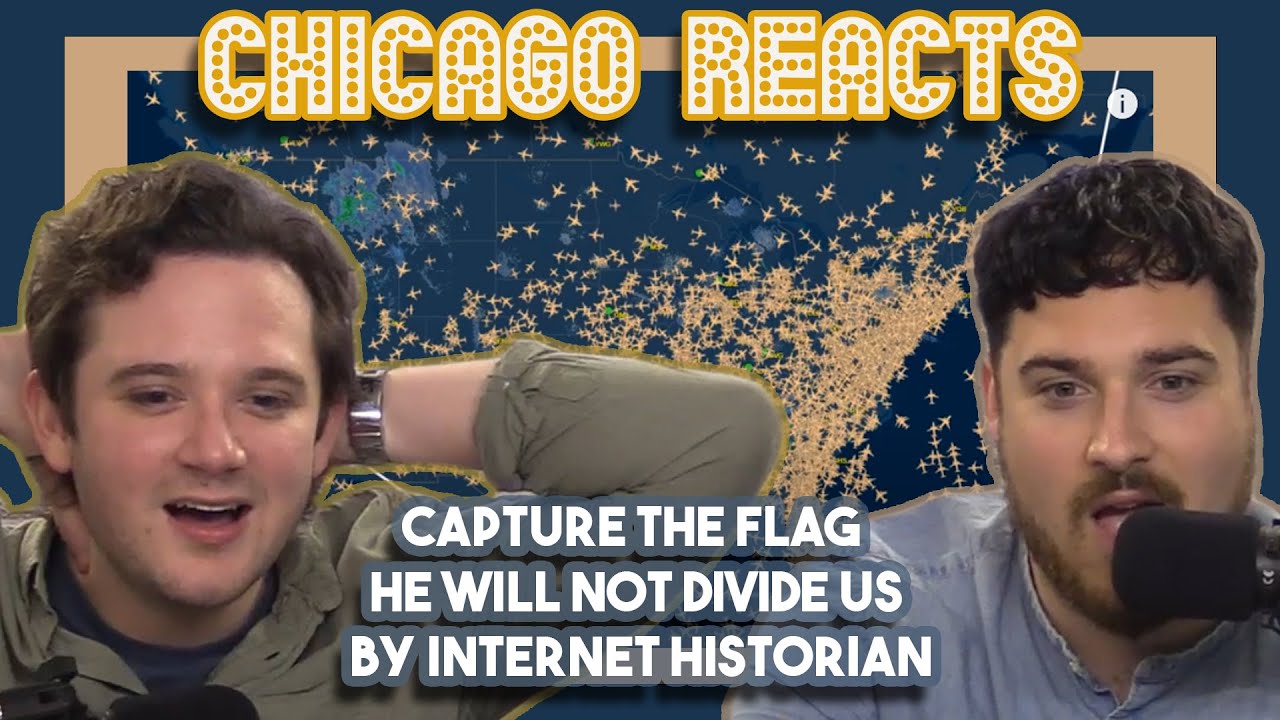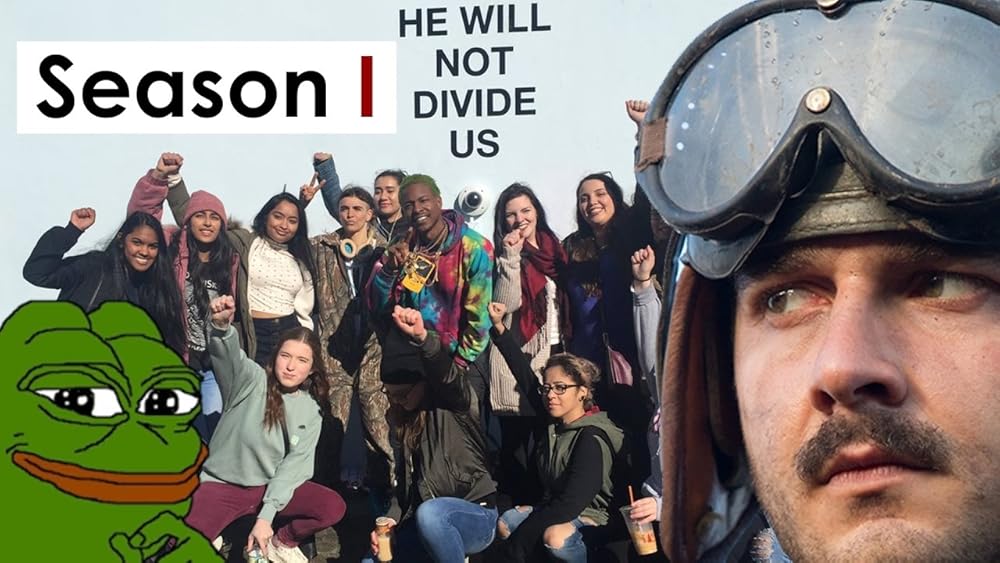Let's delve into a fascinating case study. This case study involves Internet Historian and his video about He Will Not Divide Us 2. It’s a complex situation.
Understanding the Core Issue
The core issue revolves around a social experiment gone awry. This experiment was initiated by actor Shia LaBeouf. It aimed to create a space for unity and resistance against then-President-elect Donald Trump. However, things quickly spiraled out of control.
Internet Historian's video expertly documents this descent. The video provides a detailed, often humorous, account. It shows how good intentions can pave the way to unintended consequences.
Why is This Relevant in Education?
This case study offers a unique opportunity. It allows students to explore several important themes. These themes include online communities, mob mentality, and the power of the internet. There is also the issue of the unintended consequences of political activism.
Analyzing HWNDU 2 can spark critical thinking. Students can consider the ethics of online engagement. Furthermore, the analysis can extend to the dangers of misinformation. Also, it offers an exploration of the manipulation of public perception.
How to Present This in Class
Start by providing context. Briefly explain the political climate surrounding the 2016 US election. Introduce Shia LaBeouf. Explain the initial concept of He Will Not Divide Us. Clearly describe it as a participatory art project.
Show snippets of the Internet Historian video. Select segments that illustrate key turning points. Examples include the initial livestream, the relocation of the flag, and the online sleuthing. It's essential to provide disclaimers about the video's language. Be prepared to pause and discuss potentially offensive content.
Encourage discussion throughout the presentation. Ask students to consider the motivations of the various actors involved. Prompt them to analyze the online behavior of individuals and groups. Facilitate a debate about the ethical implications of their actions.
Addressing Common Misconceptions
Students might view HWNDU as simply a prank or a joke. Emphasize that it was a real social experiment. Many people invested time and resources into it. Furthermore, clarify that the events had real-world consequences. They impacted the individuals involved and broader online communities.
Some might glorify the online sleuthing. Highlight the potential dangers of doxxing. Stress the importance of responsible online behavior. Remind students that actions online have offline repercussions.
It’s easy to paint Shia LaBeouf as solely responsible. Encourage students to consider the broader context. Explore the role of online communities. Furthermore, analyze the media coverage in amplifying the situation. Analyze the political climate that fueled the experiment in the first place.
Making it Engaging
Divide students into groups. Assign each group a specific aspect of the HWNDU saga to research. Examples include the initial intentions of the project. There is also the online communities involved and the media coverage. Furthermore, there is the final outcome and its implications.
Hold a mock trial. Assign students roles like prosecutors, defenders, and witnesses. Focus on the ethical considerations. Explore the legal ramifications of the events depicted. The mock trial can add a element of drama to learning.
Use primary sources. Show excerpts from the original livestream. Analyze tweets and forum posts from the period. Use news articles reporting on the events. Encourage students to critically evaluate the sources. Have students identify potential biases.
Assessment Strategies
Assign a reflective essay. Have students analyze the lessons learned from HWNDU. Ask students to connect the events to contemporary issues of online culture. These can include issues such as misinformation and online harassment.
Create a presentation or debate. Explore a specific ethical dilemma raised by the case study. Examples include the ethics of online vigilantism. There is also the responsibility of social media platforms. Furthermore, the impact of online echo chambers are useful discussion points.
Develop a hypothetical scenario. Ask students to design a similar social experiment. Have them outline the potential risks. Encourage them to propose strategies for mitigating negative outcomes.
Ethical Considerations
Approach the topic with sensitivity. Acknowledge the political divisiveness surrounding the 2016 election. Create a safe space for students to express diverse perspectives. Encourage respectful dialogue.
Emphasize the importance of responsible online behavior. Remind students that their actions have consequences. Promote critical thinking about online information. Instill a sense of digital citizenship.
Protect student privacy. Avoid asking students to share personal political opinions. Focus on analyzing the events objectively. Maintain a neutral and balanced perspective throughout the discussion.
By thoughtfully incorporating the Internet Historian's He Will Not Divide Us 2 video into your curriculum, you can engage students in critical discussions about the complexities of online culture, political activism, and the ever-evolving landscape of the internet. This case study provides a valuable opportunity to foster media literacy, ethical reasoning, and responsible digital citizenship.

